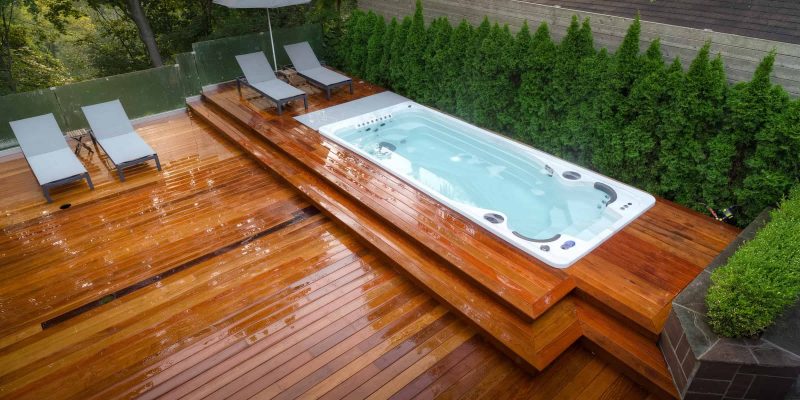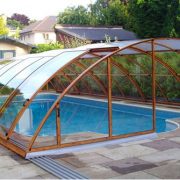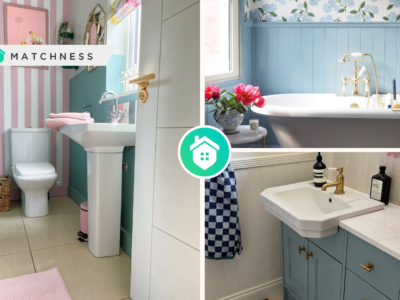With swimming pools, wading pools, and bathtubs being some options for regular usage, the inground swim spa has gained a lot of attention, as a freestanding structure, with options to be sunk into the ground or built above. Materials like concrete, metal, fiberglass, natural stone, and plastic are used to make it. There is also provision for customized sizes and shapes, according to one’s preference. Customers can choose the installation to be a whole or apart, according to their preferences. There are also choices in the pool sizes, which vary from 2 to 12 seaters in different configurations.
An inground swim spa is used for relaxation and hydrotherapy and is common in homes, massage parlors, and even hotels. The ones used in the spa industry are made, with fiberglass and acrylic, with a whirlpool pump and swim jet. It produces a strong water flow against the swimmer, enabling them to have a perfect exercise time.
Even though the inground swim spa is very common, there are a lot of doubts regarding it. This article discusses the most commonly asked questions about the structures.
Types of Swim Spas
- Fiberglass Swim Spas: They are the most popular because they have low maintenance needs after installation. Unlike pools, inground spas have a provision for customization. Therefore, there are a lot of designs that are available for the same.
- Concrete Swim Spas: Even though they are high maintenance, they require a low cost for installation, and are incredibly durable.
- Vinyl Swim Spa: They are placed in the ground with Vinyl liners, reducing the initial cost. However, they have to be replaced every 5 to 9 years.
How to Install an Inground Spa Unit
One should first analyze the backyard of a home or hotel for space and requirements before choosing the right model of the swim spa. Later, a cavity, about one foot wider than the swim spa’s dimensions, must be made in the ground. It gives provision for the equipment to be installed easily into the soil.
An electrician and plumber should be in the place to ensure that no damage is done, to the existing cables underground. These cables can also be re-routed if they are in any way a hindrance to the installation process. Then, concrete will be laid about 6 inches at the bottom of the cavity. Gunite will be applied for the exterior walls of the swim spa to be intact. They will also act as protection that alleviates pressure from the earth on the walls and reduces the risk of any damage.
As a final process, the swim spa will be installed into the cavity with a crane. Then the electrician will install and connect the cables. The space surrounding the structure will be covered using the excavated soil, and as a finishing process, it will be filled with stones of flowers to ensure aesthetics.
Cost of an Inground Swim Structure
The initial price of a swim spa unit begins at $4,990. There are a lot of variations available according to the designs and features. Fiberglass spa units are the most expensive, while Vinyl liners are the cheapest. The rates vary according to the seating capacity of the swimmers. Two to four-seaters starts from $5,990, and seven to twelve seater ranges begin from $8,990.
Conclusion
Inground Spa is a better alternative for pools, as it helps well avoid dirt accumulation and keep the pool area clean.




















